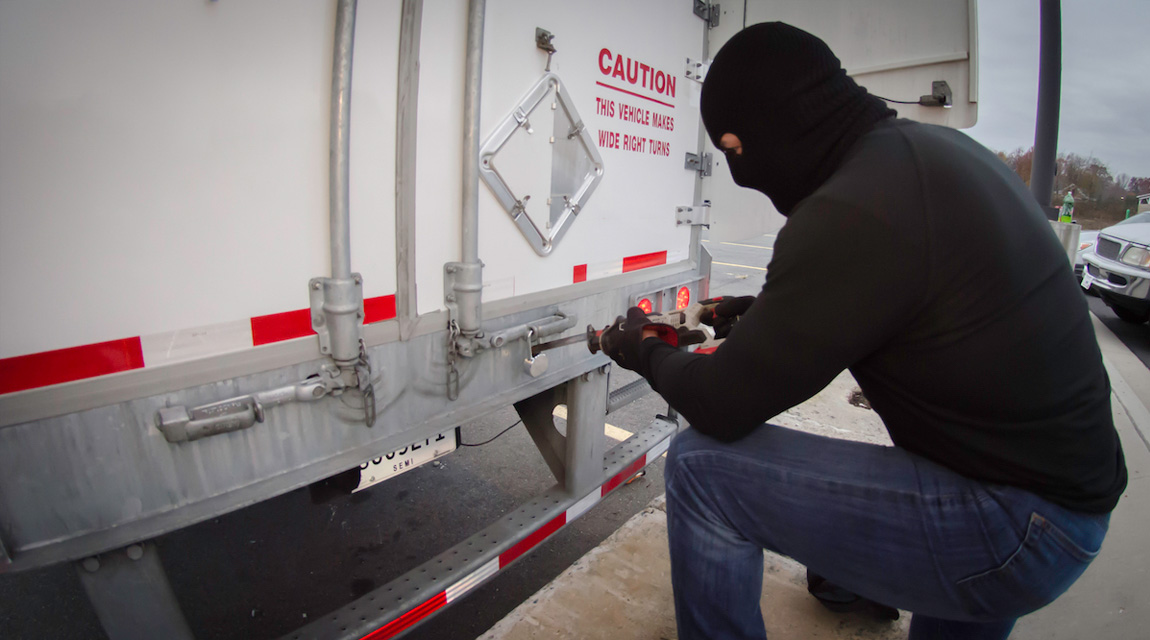Tackling a tough situation

Morné Stoltz, MiWay head of Business Insurance, discusses how to safeguard goods and personnel from theft on the move.
Incidents of theft from delivery vehicles are occurring nationwide and seem to be increasing. In Cape Town, robbery and arson have disrupted supply chains. In KwaZulu-Natal, the Mooi River toll plaza made headlines with two separate incidents of coordinated attacks on, and looting of, trucks. The most recent attack, over the Freedom Day/Workers’ Day long weekend, claimed upwards of 30 trucks and an estimated loss of R250 million.
These and many other less publicised incidents are causing havoc across the country’s supply chains. In some instances, moving vehicles are being boarded, making it even more difficult for drivers to keep an eye on their load and presenting a further threat to safety.
Interruptions to the movement of goods are a threat to the smooth operation of a business, necessitating action against these determined criminals. Fleet owners and operators are looking for solutions to safeguard life and property.
Safety for vehicles and staff begins with making sure all vehicles are roadworthy, loaded only to the recommended weight and operated responsibly by an appropriately trained and well-rested driver.
Overloaded vehicles are unsafe, and, because they are more difficult to handle and have to be driven more slowly, they can be boarded by opportunistic criminals when passing through towns or travelling up steep hills.
To combat the problem, spikes can be fitted on strategic areas of the vehicle to deter would-be boarders. In the wake of the targeting of supermarket supply trucks, unbranded delivery vehicles can be used instead. In addition, vehicles carrying goods that are easy to steal should have secure cargo areas, preferably in closed and locked bodies.
From a loss perspective, it is increasingly important to make sure that appropriate insurance cover is in place, not only for the traditional “third party, fire and theft”, but also to cover the full cost of replacing all goods in transit. While this does not address the issue of supply chain disruption, it does minimise the financial impact of losses through theft, or in case of an accident.
A good insurer should provide tracking options, which include a panic button for rapid response, should the vehicle come under attack. With threats being made to drivers, themselves, a panic button could mean the difference between life and death.
Insurers should also be able to provide advice on potential hot spots and safer routes to take. Any high-risk routes (including those which require the vehicle to move slowly) should be avoided where possible.
Finally, insurance cover is only valid if the vehicle is roadworthy, appropriately loaded within its specified range and operated by qualified personnel. Once this is in place, an insurer or broker should be consulted to decide which of the risk-mitigation strategies and tools would be most appropriate.
Published by
Focus on Transport
focusmagsa



